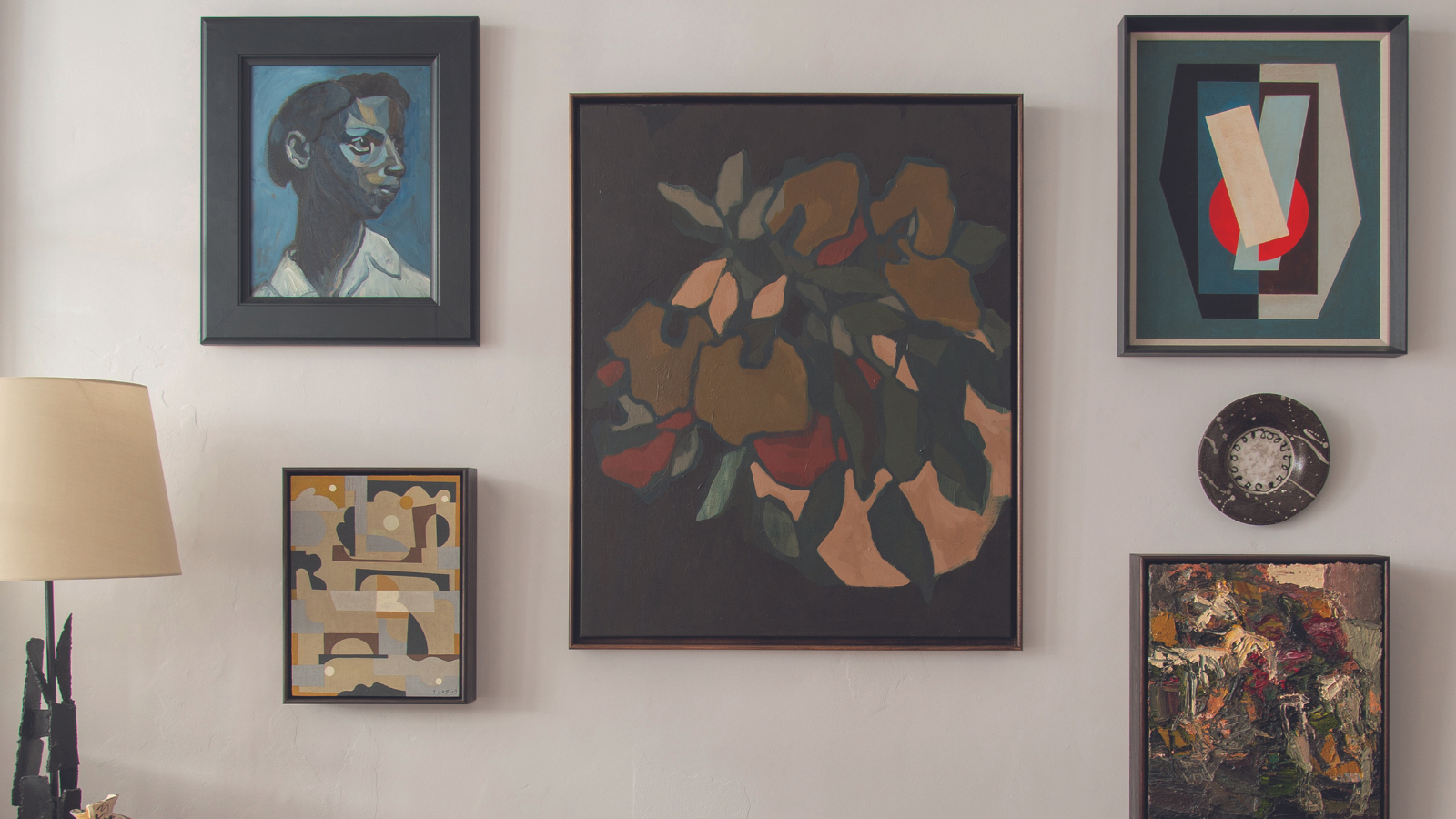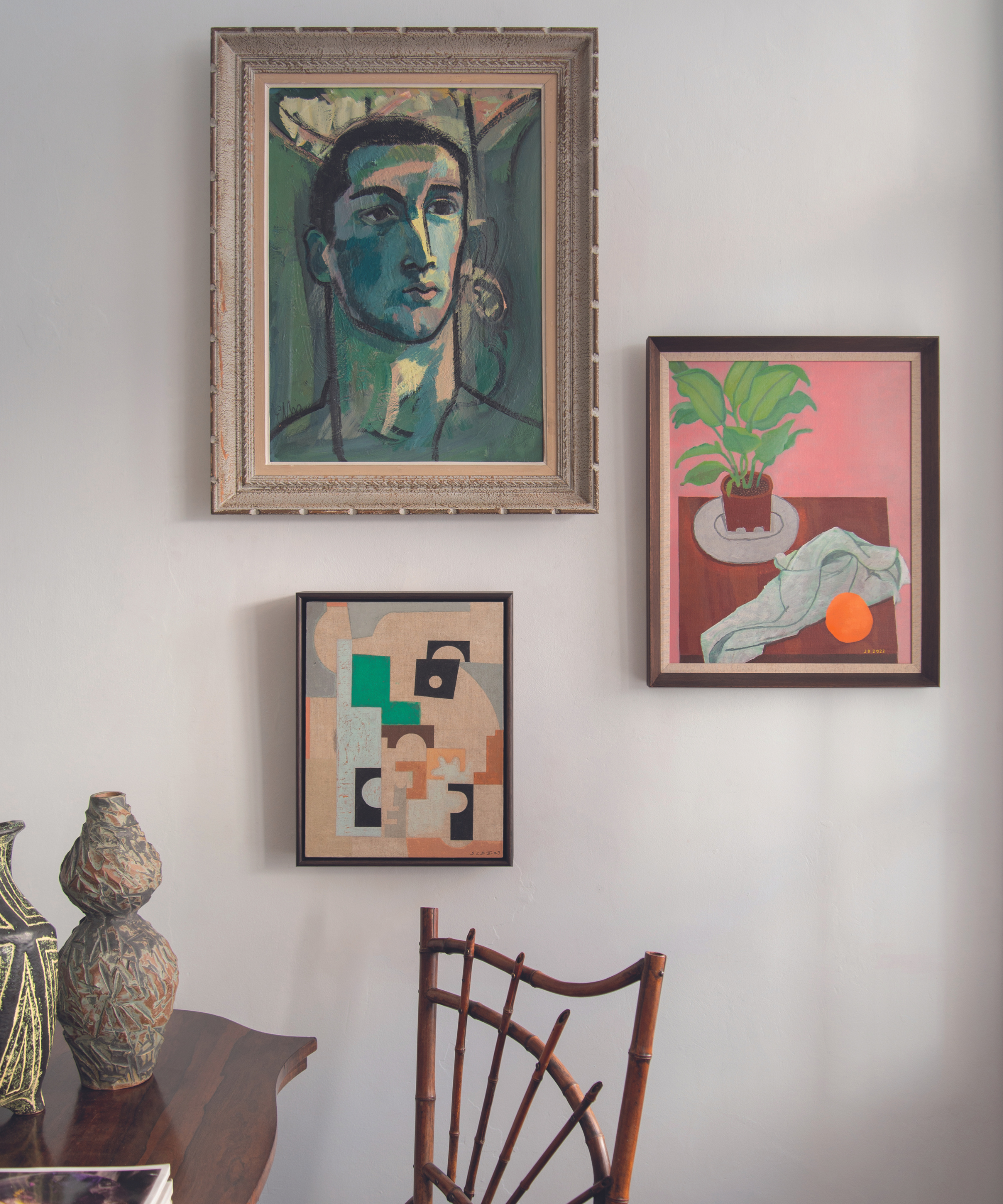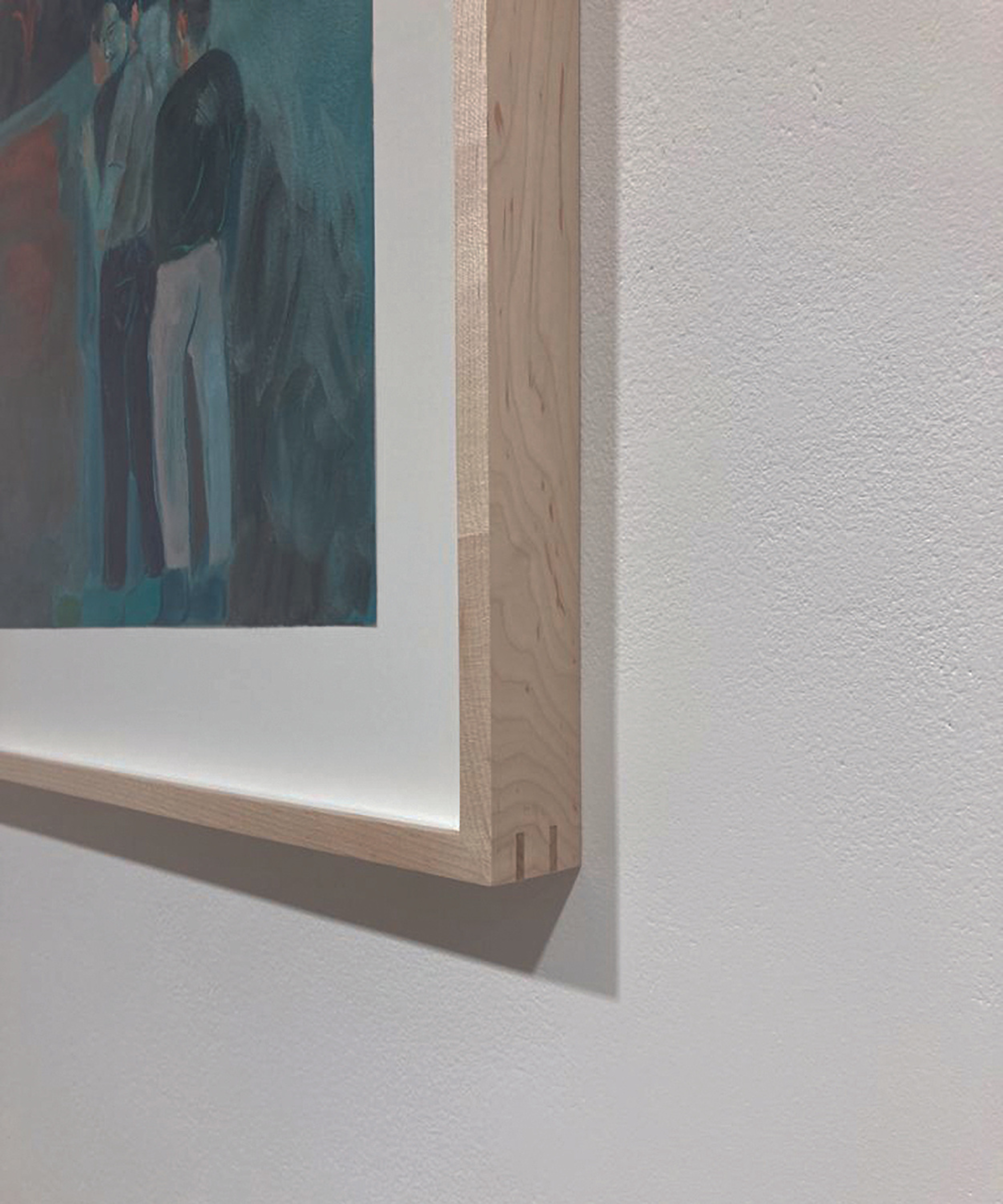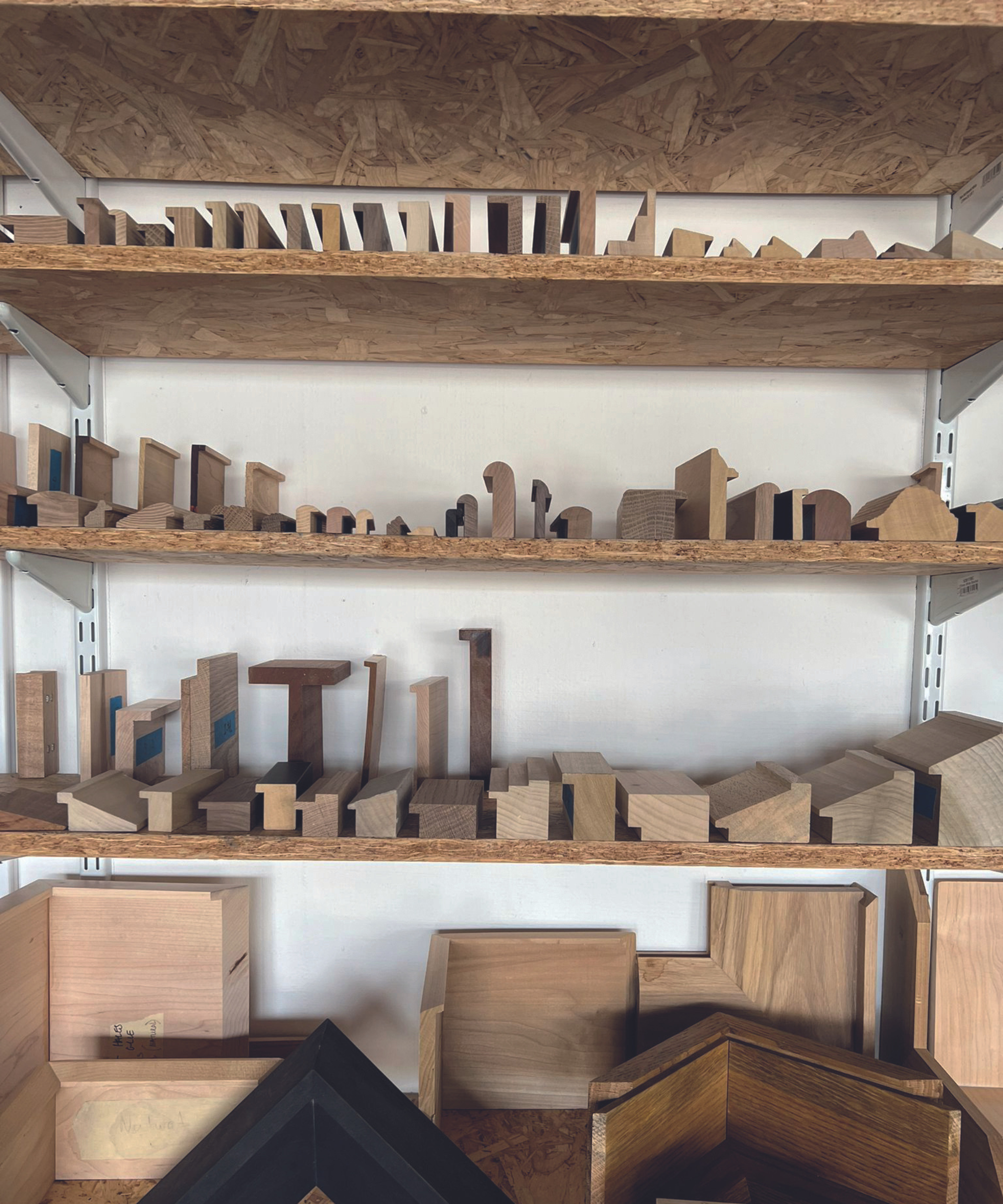How to frame artwork – elevate your art pieces to beautiful new heights
The art of framing can make or break an artwork. We spoke to some industry experts about their top tips for creating the best home gallery

When it comes to displaying art, the options in a framer’s arsenal present an opportunity to make or break a piece. Clever framing can greatly elevate simple works, while badly considered, off-the-peg numbers can diminish paintings and prints that may otherwise be enchanting.
We spoke to some industry experts who offered their insights into the process, and how to achieve the best results when decorating with artwork. With their help, we've broken down how to frame artwork in four key, easy steps.
4 easy tips on framing artwork, according to experts
Great framing starts with the type of frame you choose, as well as careful consideration of mounting options. It's worth working out if you want to achieve a traditional-looking result or create something more unusual.
The professionals we spoke to encouraged us to think beyond original artworks and consider how framing might enhance sculptures and other collected objects as well as inexpensive posters and prints for maximum impact.
1. Choosing a style of frame

There are countless types of frames and knowing where to begin can be a little intimidating. Harry from expert framers Frame London says, 'For works on paper, most opt for either a box frame or a standard window mount frame, both of which are behind glass. Box frames offer depth that allows several different styles of mounting, while standard frames are shallower and are paired with traditional window mounts.’
When it comes to paintings on canvas, there are the standard frames most are familiar with – think the grand gilt frames you see in galleries – but a more modern take is the tray frame. ‘Requiring no glass, these consist of minimal wooden frames that wrap around the edge of the canvas, giving a smart look that works better with a contemporary interior design style,’ Harry continues.
2. Considering frame materials

Once you’ve picked a style of frame, the next thing to consider is what material it will be made from. Typically, frames are made of wood or metal, but the variations and finishes of these two materials are huge.
Harry comments that ‘ We usually use handpainted or stained wooden frames and aluminum frames, but have also worked with materials such as brass, plaster, cardboard, and eucalyptus'. One of his top tips is to visit galleries to find ideas and inspiration.
3. Think carefully about mounts

If framing works on paper, you’ll need to ensure your mount board is up to par, warn the team at Frame. ‘Make sure you receive an acid-free conservation mount to ensure your pieces are protected in the years to come'.
Then comes picking a style; ‘There are three main mounting types. Float mounts allow the work to be seen in full with the paper edges visible. A raised float lifts the paper from the backing mount so that it appears to levitate, while traditional window mounting cuts a window in the mountboard, which can be used to control how much of the print can be seen.’
Choosing the size of the mount border between art and frame requires a good eye. ‘Usually, a client goes for a border that is proportionally balanced to the size of the work. We tend to keep it around 30mm. Too much can drown a piece' explain the team.
4. Get creative if you want to

Adventurous types looking for something out of the box can work with framers to discover interesting ideas to bring originality to their walls. For example, the Frame experts remember 'visiting the Bauhaus Museum in Berlin and seeing huge mounts used to fantastic effect.’
They also suggest wrapping the mountboard in acid-free linen for a textural look, or even framing in 3D, or trying a simple Perspex box – effective as it 'allows the object to be viewed in the round – this works well with sculpture, but we’ve also made Perspex frames to display vinyl records and their sleeves.’
The main takeaway on creating an impactful home gallery is to think outside the box. As summed up by another framing expert, Marcus Crane of McCully & Crane, we should embrace 'differing scales, creating an eclectic collection that embraces spontaneity - perfection isn't always the aim'.
He continues, 'whether it's an abstract, a portrait, or a still life, carrying that eclectic spirit through to the framing adds an extra layer of creativity'. Deciding how to frame a piece can be as, or even more, difficult than selecting and displaying a work of art, but with some thought and the assistance of a talented professional, your artwork will soon be fit for a museum.
Design expertise in your inbox – from inspiring decorating ideas and beautiful celebrity homes to practical gardening advice and shopping round-ups.